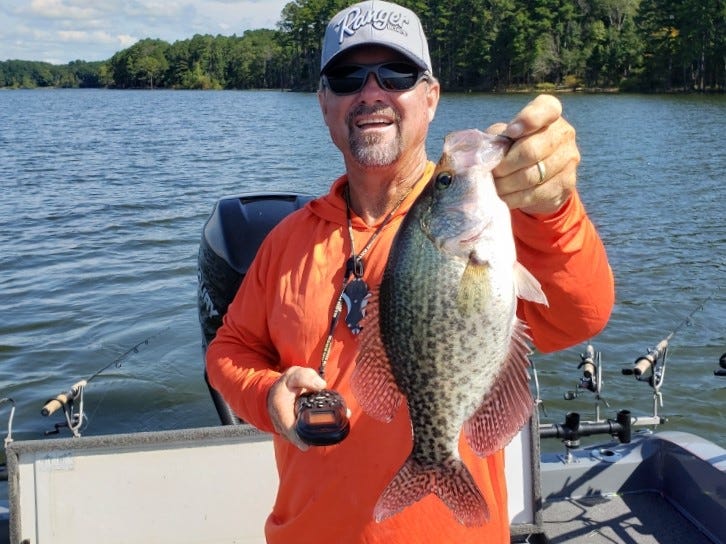- Nov 17, 2021
How to Fish Ledges for Fall Crappie
Ledges hold big concentrations of crappie this time of year. Learn how three veteran anglers find and catch crappie from ledges.
Crappie stay on the go in autumn, either looking for a quick meal during favorable conditions or seeking shelter, when the weather turns nasty. Some of the best places to find fall crappie that are moving are ledges, which are available in almost every lake in the country.
“A ledge in our part of the country is definitely a change in water depth, and most of the time, it is a pretty abrupt, pretty quick change,” said Freddie Sinclair, a full-time guide on North Carolina’s Jordan, Harris and Falls lakes. “Most of our ledges are hard bottom and rock.” Sinclair noted that a ledge could be a main channel drop along the old river channel or a creek channel drop in a cove or bay.
Texas angler Jeff Schwieterman defines a ledge as “a rapid change in depth – more of a vertical drop than slow slanting.” This crappie tournament veteran said depth changes of ledges can range from 1 foot up to 10 feet or more on the waters he frequently fishes.




